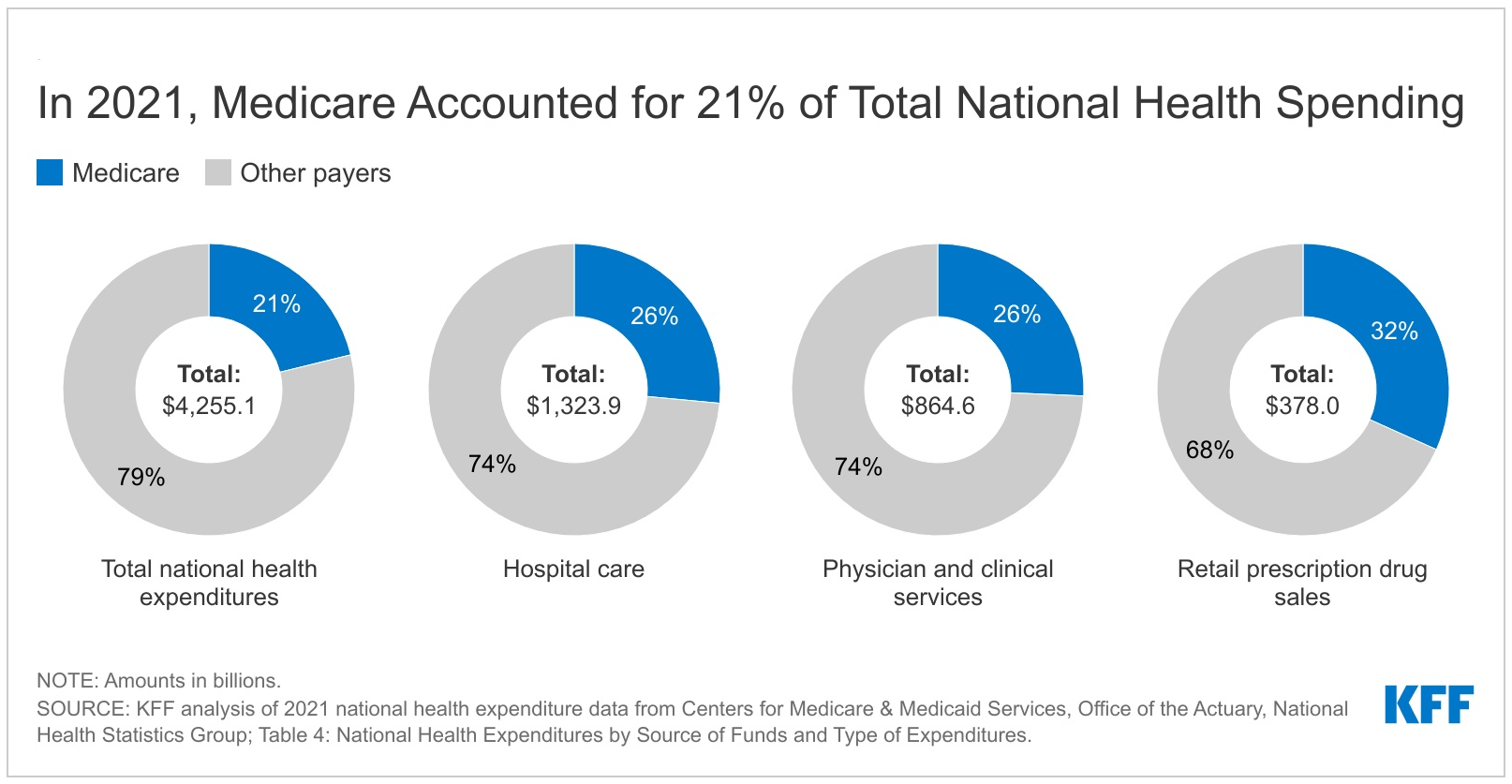For 2022 and 2023, taxpayer's AGI was just barely above the IRMAA threshhold. Taxpayer was laid off this year (2024), and signed up for Medicare (was previously on employer plan).
So is the (expected) reduction in income for 2024 going to qualify for the "life changing event" (work stoppage) in order to avoid IRMAA? The Form SSA-44 is confusing in this regard and does not clearly indicate if the current calendar year can be used as the "tax year in which your income was reduced by the life changing event".
So is the (expected) reduction in income for 2024 going to qualify for the "life changing event" (work stoppage) in order to avoid IRMAA? The Form SSA-44 is confusing in this regard and does not clearly indicate if the current calendar year can be used as the "tax year in which your income was reduced by the life changing event".


Comment